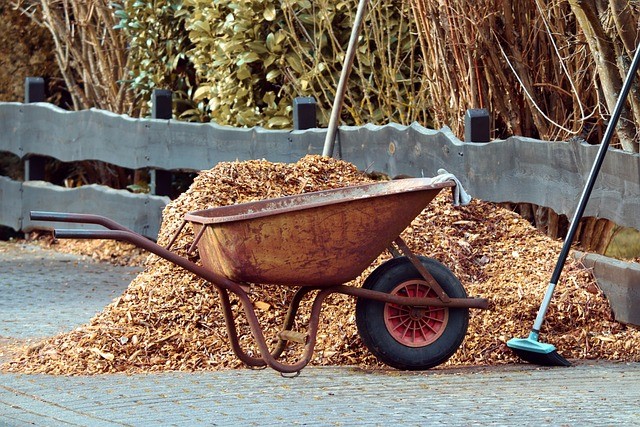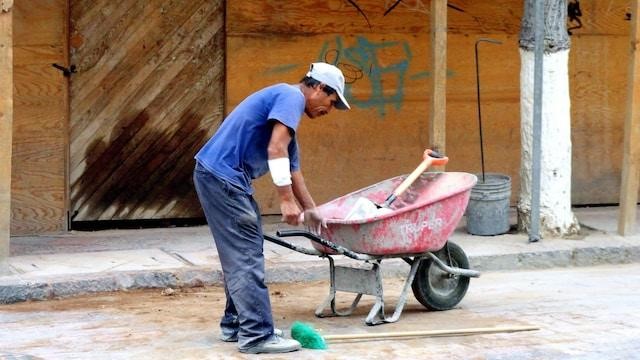
The Importance of Cube Molds in Concrete Testing: A Comprehensive Guide
8 months ago ,
Pappu Trade Concern
Concrete is the backbone of modern construction. While there are indeed many other materials used in the construction sites, without concrete, most of the projects cannot be completed. Therefore, testing concrete strength is an important process. This not only ensures the safety of the concrete but also provides a measurable way to ensure the standard of the concrete. Among many tools used to test the concrete, Cube Molds are one of the core tools. The importance of cube molds in concrete testing cannot be underestimated. But, what are these importances?
In this blog, we talk about the importance of cube molds in concrete testing. But before we dive into the importance, let's cover the basics first.
What is Concrete Testing?
It is a form of quality testing process in the construction industry. This process involves evaluating the properties of concrete to ensure that it meets the safety standard. This process includes assessing the following aspects of concrete.
- Compressive Strength
- Durability
- Quality of the Concrete
- Material Consistency
This process includes a wide range of tests. Some of the common tests are as follows:
- Cube Testing
- Slump Testing
- Cylinder Testing
- Non-destructive Testing
- Durability Testing
- Chemical Testing
Through this method, the construction workers ensure the quality of the concrete.
What are Cube Molds?
Cube Molds or concrete cube molds are containers used in the construction industry. They are used to cast small standardized blocks of fresh concrete. These samples are then tested to evaluate the properties of the concrete. Cube molds are an integral part of the construction world.
What is the importance of Cube Molds in Concrete Testing?
Now that we know what concrete testing and cube mold are, let's talk about the importance of cube molds. Some of the key importance are as follows:
Standardization
One of the key importance lies in their function to create uniform concrete samples. These concrete samples are consistent in size and shape. This standard shape and size ensures reliability and comparable test results. It also allows for easy identification of variations in the concrete quality.
Quality Control
Quality control is an integral aspect of testing. As they are used to make standard cube concrete blocks, it allows for an easy method to test the quality of concrete. This includes identifying issues such as the following:
- Variation of materials
- Mixing consistency
- Curing quality
- Compressive Strength Testing
One of the key importances is in the process of compressive strength testing. The standard concrete cube made with the help of molds allows for convenience in compressive strength testing. This further ensures that the concrete blocks meet the minimum strength requirements.
Structural Safety
They are also used to ensure that the concrete used in construction meets the necessary strength requirements. These molds help in producing cube concrete blocks that can be used to confirm the structural strength of the concrete mixture.
Regulatory Compliances
In many regions, using molds is a mandatory process to meet regulatory compliance. Therefore, they are an essential tool for complying with the regulations.
Performance Prediction
Cube testing assesses concrete cubes made using molds. Therefore, they offer valuable insights into concrete performance. Engineers rely on these results when designing structures with specific project requirements.
Research and Development
Another importance of molds is to allow researchers and material scientists to study the behavior of concrete. This aids in the development of more robust and innovative concrete mixes and construction techniques.
These are some of the key importance of cube molds.
What is the process of using Cube Molds?
The process of using cube molds involves a series of steps. These steps are designed to ensure proper casting, curing, and testing of the concrete cube. The process of using molds is as follows:
Gather the required materials, such as concrete mix, molds, and curing materials
- Apply a release agent to the interior surfaces.
- Make a sample of the concrete mix.
- Fill each mold with fresh concrete in three consequence layers. Compact each layer to ensure that there are no airs.
- Finish the surface of the cube by troweling to obtain a flat surface.
- Remove the molds by gently tapping the sides or using a mold extractor.
- Let the concrete cubes cure in a controlled curing environment as per the regulatory standards.
- Label each cube with the necessary information
- Once the cubes are cured, take them out of the mold.
This is where the role of molds ends. Once the cube is taken out of the molds, they are tested using various methods. Furthermore, the data is recorded during the testing.
What are the Common Challenges and their Solutions in Using Cube Molds in Concrete Testing?
Using molds can be a straight process. However, there are a few challenges that you may encounter while using molds. Some of the common problems and their solutions are as follows:
Improper Compaction
One of the most common issues is inadequate compression. This can lead to voids and inconsistency.
Solution
This problem can be solved by using proper compaction tools and techniques.
Mold Contamination
Sometimes, the mold can be contaminated with residue from previous projects. This can result in inconsistent test results.
Solution
You should thoroughly clean and inspect the molds before and after use.
De-molding difficulties
One of the most common problems in using molds is issues with demolding. This can lead to damage or cracks on the molds.
Solution
You should ensure that the molds are properly prepared with a release agent.
Curing Time Deviation
Sometimes, there can be deviations from the specified curing period. This can result in inaccuracy of the test results.
Solution
Note the time carefully and ensure that you test the molds at appropriate times.
Conclusion
Cube molds are undoubtedly an integral aspect of the construction world. They are simple cubical metal boxes with one side open, and they are used for many purposes. This includes quality assurance, standardization, and compressive strength testing. Therefore, the importance of cube molds in concrete testing cannot be underestimated.
In this blog, we talked about several factors regarding molds. We hope you found this helpful. If you want further insights into various aspects of construction, feel free to check out some of our other blogs. And as always, thank you for reading till the end.
FAQ on using Cube Molds for Concrete Testing
Q: What is a cube mold in concrete testing?
A: A cube mold is a container used to shape and cast concrete samples in the form of cubes for testing concrete properties.
Q: What are the standard cube sizes used in concrete testing?
A: The most common standard cube sizes are 100mm x 100mm x 100mm and 150mm x 150mm x 150mm.






